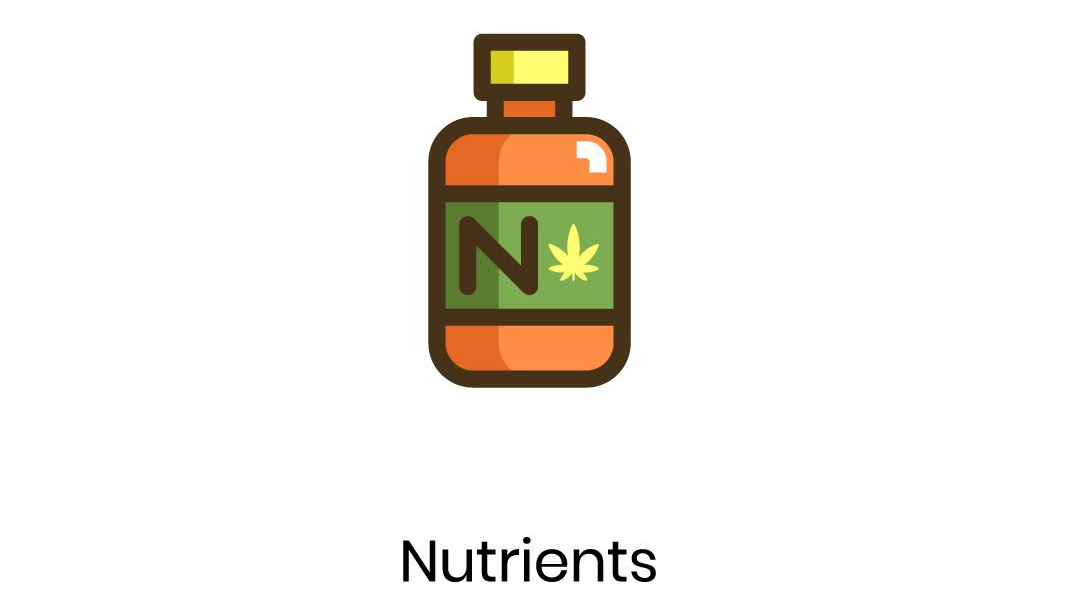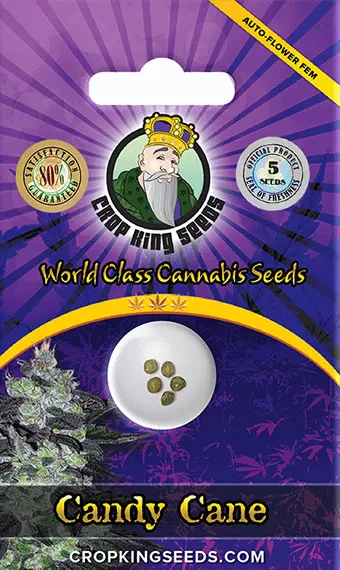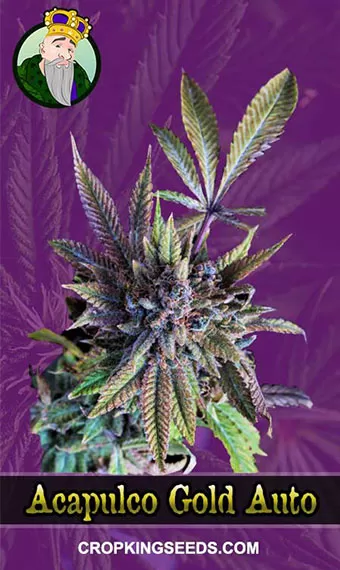Cannabis cultivation can be traced back to 2800 B.C. In the intervening years, the popularity of marijuana has exploded and now growers are coming out of the woodwork, sometimes quite literally, to show off their growing skills.
As cannabis continues to normalize and more states legalize the recreational cultivation of cannabis, newcomers are going to begin exploring the process to try and find their successful path.
To find success as a grower, particularly in the cannabis industry, you are going to have to learn the key nutrients that can impact the health and vitality of your plant, as well as the total yield of its THC-producing buds.
What Is NPK?
Nitrogen (N), phosphorus (P), and potassium (K) are the vital micronutrients that your cannabis will need to satisfy its total growth potential. Paying attention to these micronutrients while addressing any deficiencies during the life cycle of your plant will go a long way toward a bountiful harvest with an exponential yield.
There are plenty of different nutrients and environmental factors that go into growing a healthy marijuana plant, but we need to start with the core trio, your NPK.
Let’s explore the NPK ratio, learn about symptoms pertaining to deficiencies, and explore how to better treat our plants for more bountiful harvests in the future.
All About Nitrogen (N)
As the primary micronutrient in the life cycle of your cannabis plant, it is important that appropriate levels of nitrogen are available throughout both the vegetative and flowering stages of the plant. This element is entirely pivotal throughout the lifecycle of the plant as nitrogen is important to the production of chlorophyll, a compound required for photosynthesis.
As the most common element in the earth’s atmosphere, nitrogen can be fed throughout the cycle of your plant via soil amendments and liquid nutritional amendments. By providing appropriate levels of nitrogen, your plants will be able to produce the genetic coding required to produce stems, leaves, branches, and roots.
Signs of Nitrogen Deficiency
While nitrogen is an easy micronutrient to incorporate into your growing cycles, deficiencies can still happen and they can cause some chaos. To better catch potential nitrogen issues while cultivating your cannabis plant, look for the following signs and symptoms.
- Older leaves begin to yellow, spreading to the rest of the plant.
- Leaves and stems may begin to turn purple.
- Leaves can begin to wilt, beginning at the tips.
All About Phosphorus (P)
Integral during the flowering stage of your cannabis plant’s growth, phosphorus is an important nutrient that helps to fortify the entire structure of the plant. An adequate level of phosphorus will help to fuel the plant’s structure while improving the health of its roots and, ultimately, the flowering buds.
Phosphorus is also relied upon during the termination of your cannabis plant as it immediately and directly impacts the distribution of energy throughout the rest of the plant. A lack of phosphorus can make for a slew of health-related issues with your plant, so let’s briefly learn what to look out for during the cultivation process.
Signs of Phosphorus Deficiency
When there is a lack of available phosphorus for your plant, the symptoms, and signs of fallout will be easily detectable. As phosphorus is required throughout the lifespan of your plant, from germination to harvest, pay close attention to signs of nutritional deficiency as they can have far-ranging effects during your grow.
- Slow-growing leaves begin to turn blue or green with brown spots.
- Stems will begin to turn a purple color.
- Leaves may begin curling down and toward the ground.
- Your plant does not enter the flowering stage.
All About Potassium (K)
The hidden workhorse in your NPK ratio is potassium. Acting as an auxiliary nutrient, Potassium works to regulate the systems required for a healthy and thorough growing process. Potassium can be thanked for ensuring the firmness of stems as well as the adequate production of ADP for the storage of energy. In addition to these factors, potassium also plays a major role in moisture evaporation.
Crucial from the beginning of flowering to the end of your harvest, potassium is used to control flowering bud formation while keeping cell pressure steady to protect the plant from stress. Potassium deficits can become particularly problematic while manifesting in a few different ways.
Signs of Potassium Deficiency
A lack of potassium can manifest as a major issue throughout the lifespan of your cannabis. Incredibly important in the flowering stage, a lack of potassium can lead to a harvest that is weak, limited, and altogether lacking in appeal.
- Weak and low-energy plants
- Plants are more vulnerable to disease and pests.
- Leaves begin to showcase yellow edges.
- The plant is unable to regulate oxygen, water, and CO2 exchange.
- Weak stems and thin stretched branches.
In addition to potassium deficiencies, an overload of potassium can also lead to issues during the flowering stage. Too much potassium can cause issues during the uptake process, leading to a plant that is improperly fed and poorly equipped for the final stages of flowering.
Take Control of Your NPK
Cannabis plants require a diverse array of micro and macronutrients to thrive under the guidance of a grower. Use our outline above to better understand the different functions each micronutrient serves while better learning how to implement these improvements in your own garden.
When making adjustments to your NPK, slow and small changes will lead to the best results. A nutrient monitor is an ideal tool to keep track of your NPK levels to make better changes to your plant in the future.


















